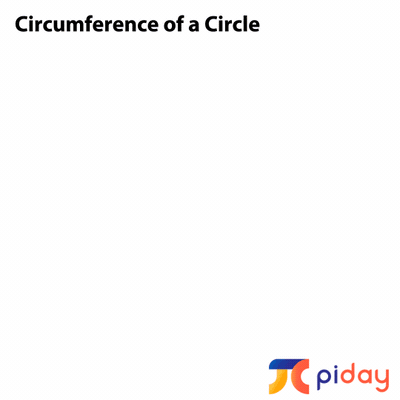Rigoberta Menchu (at the top center). Winner of the 1992 Nobel Peace Prize for her social justice work on behalf of the indigenous peoples of Guatemala.
Women elder profiles (facing each other, on each side of the façade): Two elder women profiles are depicted on the Lapidge Street façade (a Scandinavian Sami woman profile on the left, and an Asian woman profile on the right).
Coyolxauqui, Aztec Goddess of the Moon (right hand). Dismembered for having prevented the birth of her brother, the God of War, then entombed in stone. Coyolxauqui is depicted in Rigoberta Menchu’s right hand, breaking free from her stone tomb.
Yemayah, powerful Yoruba Orisha goddess (left hand). In ancient times, in Africa, Yemayah was the symbol of rivers, fertility and life, wearing clear beads. Then, she became mother of the oceans and salt water, and acquired blue beads.
Guanyin (below left profile of a Sami woman elder). East Asian goddess of compassion and mercy. Protects women, and grants children to those who want them.
Georgia O’Keefe (far left). North American painter, known as the mother of American modernism, and for her flower and skull paintings. In the panel next to the life size painting of O’Keefe, a skull reminiscent of the ones she painted, together with seven flowers, each one painted by one of the seven muralistas, as a bouquet signature for the mural.
Lilian Ngoya and Audre Lorde (below Yemayah). Ngoya, leader of the South African Resistance Movement is depicted burning her passbook, required of all Black South Africans, during apartheid. Ngoya is also depicted holding hands with Audre Lorde. Renowned North american poet, feminist, civil right activist and lesbian, who dedicated her life and talent to “confronting and addressing injustices of racism, sexism, classism, and homophobia“.
Ancestor Mask from Gabon, Africa (Between Ngoya and Lorde). The mask is painted at the center of a map of Africa, symbolizing what is both seen and unseen.
Hanan Ashrawi (below Audre Lorde). Palestinian legislator, activist and scholar, chief spokesperson for the Palestinian Delegation to the Middle East peace process.
Lolita Lebrón and other women political prisoners (below Coyolxauqui). Lebrón was a Puerto Rican nationalist, who spent 23 years in prison, after being convicted for fighting for the independence of Puerto Rico. The other women political prisoners are portraits of women, currently serving sentences worldwide.
Maria Sabina (below Lolita Lebrón) Mexican Mazatec curandera (woman healer), known to work with plants, depicted healing the woman sitting in front of her.
Painter from Mithila, India (below the right Asian profile of a woman). The craft is passed on from woman to woman over thousands of years.











